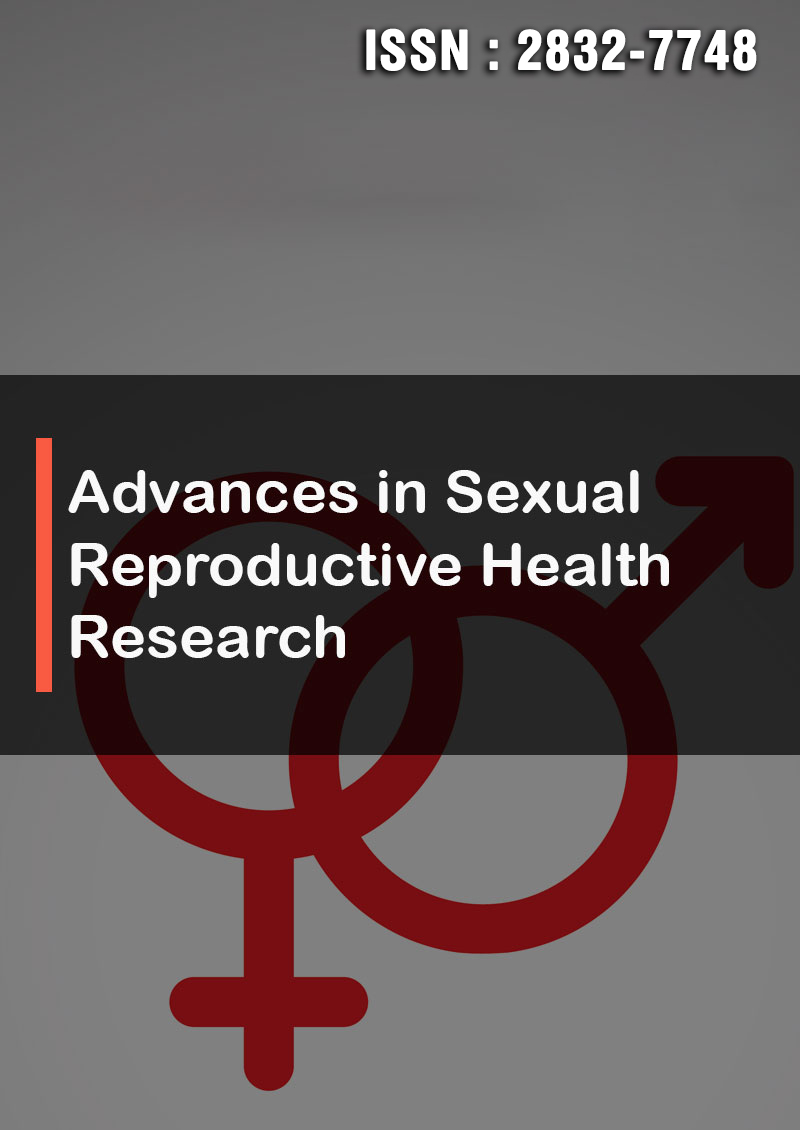Malaria Outbreak Investigation and Response in Bolosso Sore Wereda, Welayta Zone, SNNPR, Ethiopia, 2019
Abstract
Awol Dawud Mohammed, Zewdu Assefa, Hailemichael Bizuneh
Objective: Malaria is caused by one or more of the five species of plasmodium species that can infect by the bite of female Anopheles. In Ethiopia, about 68% of the total population resides in areas with a high malaria risk, and 2,174,707 cases and 662 deaths due to malaria were reported in 2014–2015 with a case fatality rate of 0.03%. The outbreak was reported on April 22/2019 (WHO week 17) then we investigate the outbreak to describe the magnitude of morbidity and mortality due to the malaria outbreak, identify the etiologic agent, and investigate factors associated with an occurrence of malaria outbreak.
Result: The overall attack rate of the woreda was 36.4 per 1000. From the cases, Males are slightly more affected than females (38: 37). The most affected age group is >15 years, 54 (72%) followed by 5-14, 17(22.7%). Plasmodium falciparum is the highest proportion of malaria in the wereda. Having impregnated treated net have no problem but impregnated treated net who have used sometimes (AOR 10.214; 95% CI) was identified as a risk factor for malaria or more likely affected by malaria ten times each respectively than those impregnated treated net used always.




